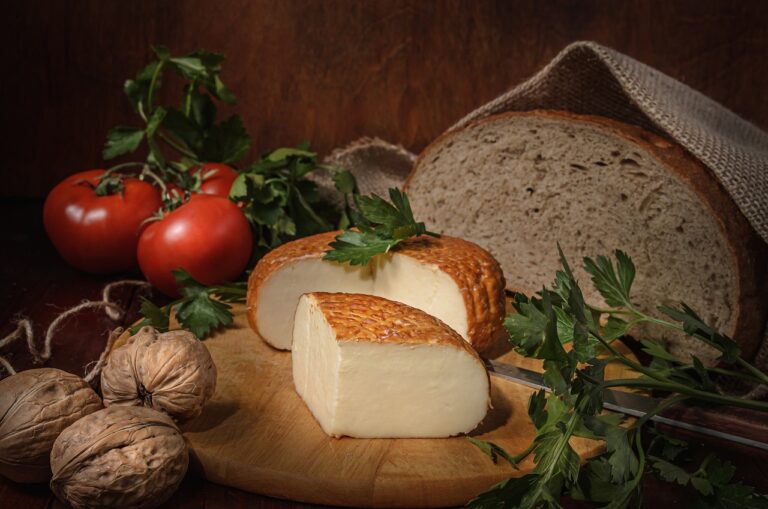Exploring the World of Edible Insects: Sustainable Protein Sources of the Future
Edible insects have been gaining popularity as a sustainable and nutritious source of protein worldwide. Insects such as crickets, grasshoppers, and mealworms are rich in protein, containing essential amino acids that are vital for human health. These tiny creatures offer a high protein content, making them a viable alternative to traditional protein sources like meat and poultry.
In addition to their protein content, edible insects are also environmentally friendly. Insect farming requires significantly less land, water, and food compared to traditional livestock farming, making it a more sustainable option for meeting the growing global demand for protein. By incorporating edible insects into our diets, we can reduce the environmental impact of food production while still obtaining the necessary nutrients for a healthy diet.
Nutritional Value of Edible Insects
Edible insects are a rich source of protein, healthy fats, vitamins, and minerals. They provide all essential amino acids necessary for human health, making them a complete protein source. Insects such as crickets, mealworms, and grasshoppers are particularly high in protein, with some varieties containing even higher protein content than traditional meat sources like beef or chicken.
In addition to protein, edible insects are also rich in essential nutrients such as iron, calcium, zinc, and B vitamins. These nutrients play crucial roles in supporting various bodily functions, including immune health, bone strength, and energy metabolism. Incorporating a variety of edible insects into one’s diet can therefore provide a well-rounded source of essential nutrients that contribute to overall health and well-being.
Different Types of Edible Insects Consumed Around the World
In various cultures around the world, insects have been a longstanding source of nutrition and sustenance. From the crunchy grasshoppers enjoyed in Mexico to the roasted mealworms relished in Thailand, the consumption of edible insects is deeply rooted in tradition and culinary practices.
In Japan, the practice of consuming silkworm pupae, known as “unagi no ko,” is not uncommon. These creamy and nutty-flavored pupae are often fried or boiled and are popularly enjoyed as a snack or accompaniment to rice dishes. Additionally, in parts of Africa, termites are a delicacy rich in protein and are often roasted or fried before being consumed. The nutty taste and crunchy texture of termites make them a sought-after treat in many African communities.
What are the benefits of consuming edible insects as a protein source?
Edible insects are a sustainable and environmentally friendly source of protein. They require less resources to produce compared to traditional livestock and are rich in nutrients.
What is the nutritional value of edible insects?
Edible insects are high in protein, vitamins, minerals, and healthy fats. They provide a well-rounded nutritional profile, making them a valuable addition to a balanced diet.
Can you provide examples of different types of edible insects consumed around the world?
Some commonly consumed edible insects include crickets, mealworms, grasshoppers, ants, beetles, and caterpillars. Different cultures have unique recipes and preparations for these insects.







